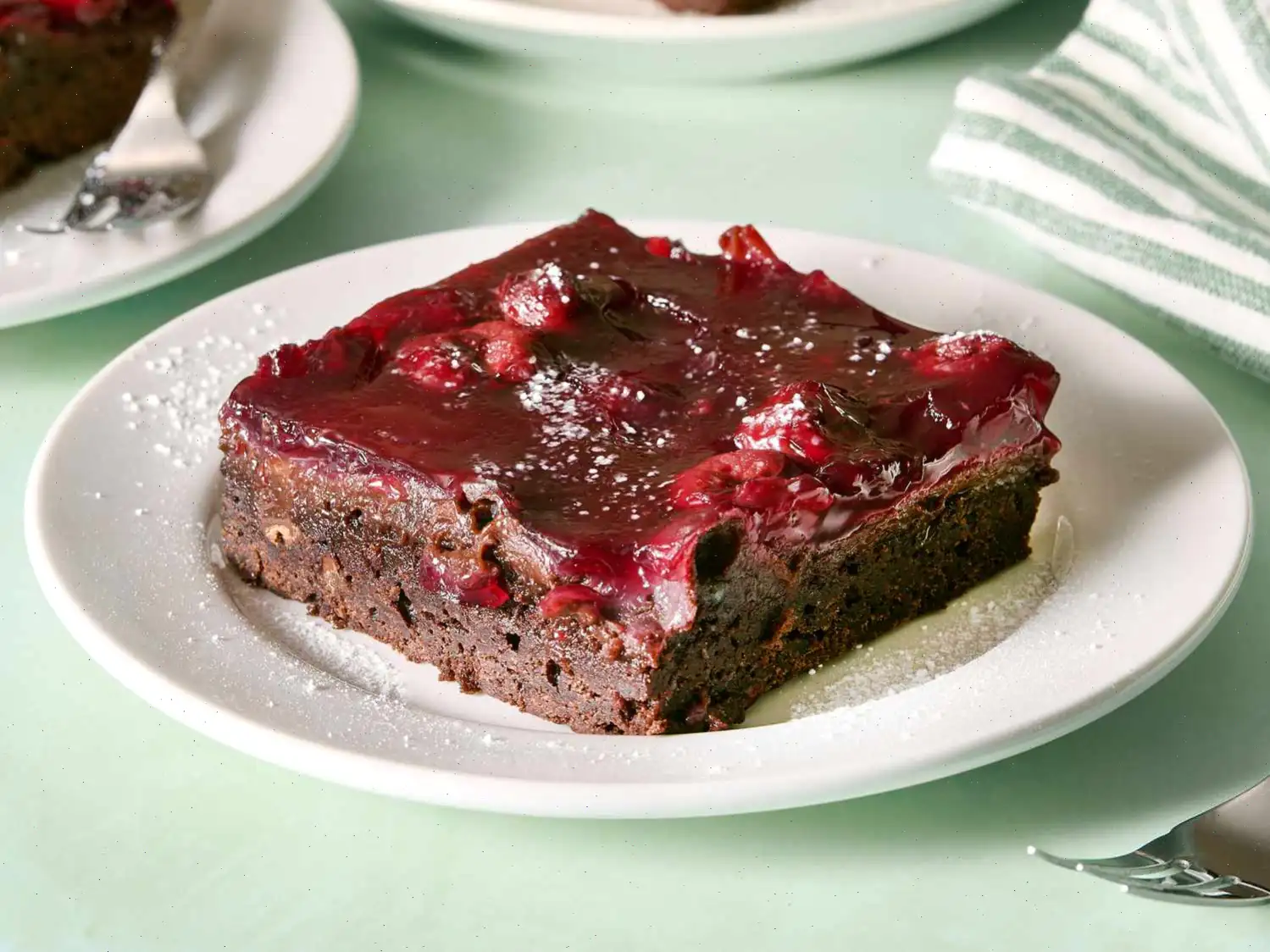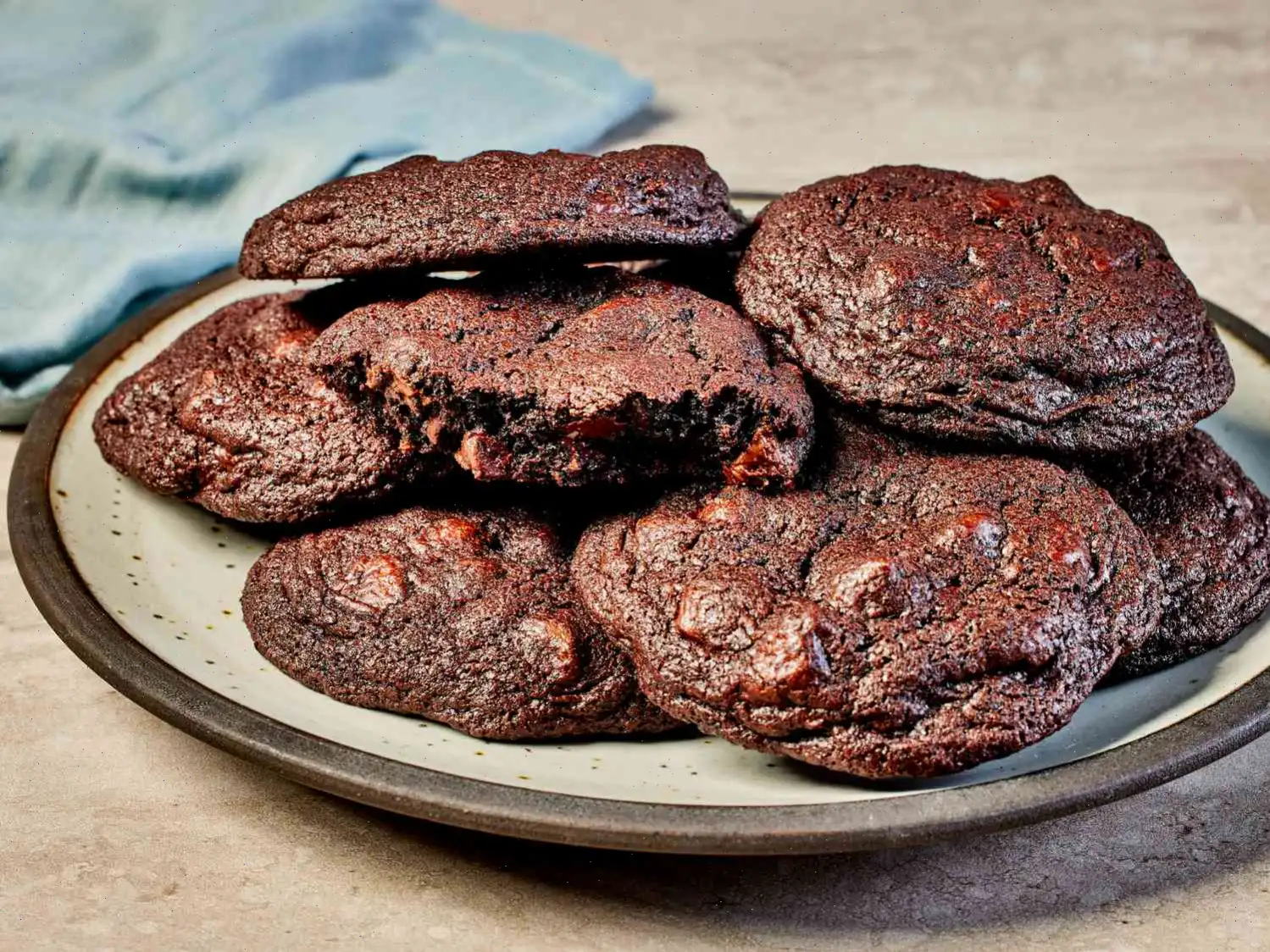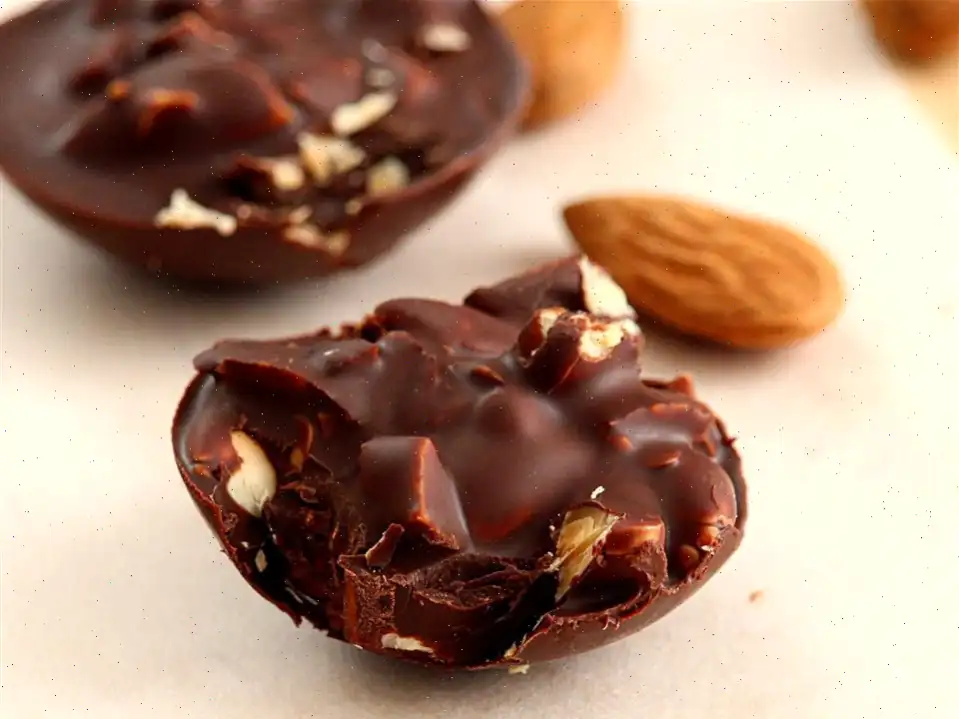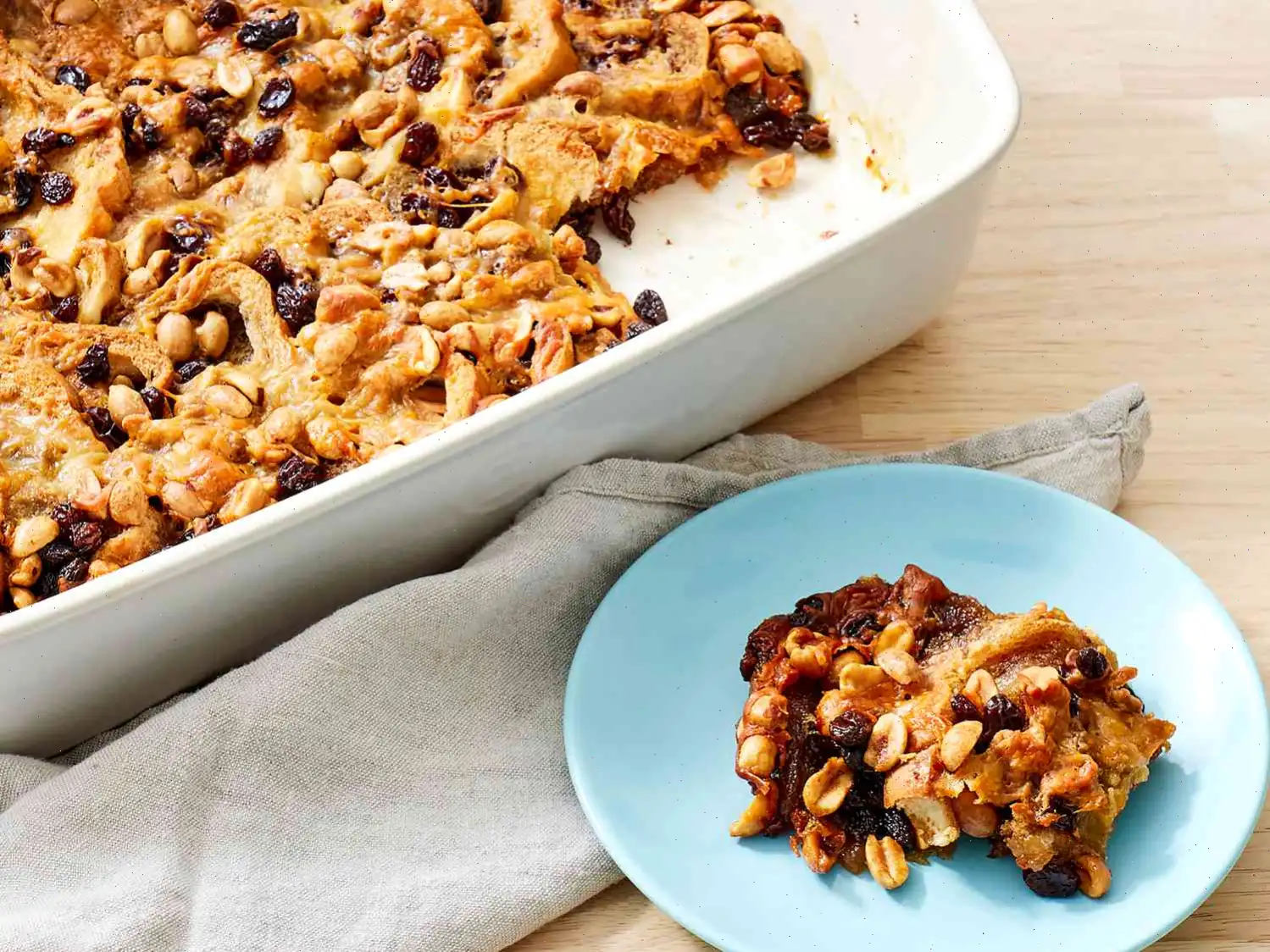
Sugar Zwieback Recipe
Ingredients
This recipe yields 24 servings.
- 1 cup milk
- 4 tablespoons butter, cut into pieces
- cup honey
- teaspoon salt
- cup white sugar
- 1 (.25 ounce) package active dry yeast
- cup warm water
- 1 egg
- 4 cups all-purpose flour
- teaspoon freshly grated nutmeg
Directions
- Heat the milk in a small saucepan over medium heat until it just begins to bubble around the edges. Remove from heat and stir in the butter, honey, and salt. Set aside and allow it to cool to room temperature.
- Reserve 2 teaspoons of sugar. Add the remaining sugar to the cooled milk mixture and stir until dissolved.
- In a large bowl, combine the yeast with the warm water. Let it sit for 5 minutes to activate the yeast.
- Once the yeast mixture has rested, add the cooled milk mixture, egg, flour, and freshly grated nutmeg. Stir until combined, then knead the dough in the bowl. If the dough is too sticky, gradually add up to cup more flour until it forms a smooth, soft dough.
- Divide the dough into 8 equal portions, shaping each into a ball approximately 3 inches in diameter.
- Place the dough balls on lightly greased baking sheets, spacing them about 4 inches apart. Flatten each ball into a round, approximately 4 inches wide. Brush the tops of the rounds with water and sprinkle the reserved sugar over them.
- Cover the dough rounds loosely with kitchen towels and allow them to rise for about 1 hour, or until they have doubled in size.
- Preheat your oven to 350F (180C). Once the dough has risen, bake the rounds for 30 minutes, or until they turn a golden brown. Remove them from the oven but leave the oven on.
- Allow the rounds to cool on the baking sheets for 10-15 minutes, or until they are cool enough to handle.
- Using a serrated knife, cut each round into six -inch thick slices. Place the slices, cut sides down, back onto the cookie sheets.
- Return the slices to the oven and bake for 5 minutes. Flip the slices over and bake for an additional 5-7 minutes, or until they are golden brown on both sides.
- Turn off the oven and leave the slices inside, with the oven door closed, for about 45 minutes to finish drying out and crisping up.
- Once completely cooled, store the slices in an airtight .
Nutrition Facts (per serving)
| Nutrition | Amount | % Daily Value |
|---|---|---|
| Calories | 134 | |
| Total Fat | 3g | 3% |
| Saturated Fat | 2g | 8% |
| Cholesterol | 14mg | 5% |
| Sodium | 70mg | 3% |
| Total Carbohydrate | 25g | 9% |
| Dietary Fiber | 1g | 2% |
| Total Sugars | 9g | |
| Protein | 3g | 6% |
| Calcium | 17mg | 1% |
| Iron | 1mg | 6% |
| Potassium | 49mg | 1% |
* Percent Daily Values are based on a 2,000 calorie diet. Your daily values may be higher or lower depending on your calorie needs.
The Sugar Zwieback, a type of twice-baked biscuit, originates from Germany, where it has been a staple for centuries. The name "Zwieback" itself is derived from the German words "zwei" (two) and "back" (bake), referring to the method of baking the dough twice. Traditionally, Zwieback was made to preserve bread, allowing it to last longer by drying it out through a second baking. Over time, it evolved into a popular snack, especially for children and teething infants, thanks to its hard, crunchy texture. The sugar coating adds a subtle sweetness, making it an enjoyable treat for all ages.
Regional Variations
While Zwieback originated in Germany, variations of this biscuit can be found across Europe. In the Netherlands, it is known as "Beschuit," and in Italy, it is often referred to as "Biscotto." The German version, however, remains the most famous, and the sugar-coated varietyknown as Sugar Zwiebackhas become a quintessential part of German baking traditions. It is typically flavored with a hint of nutmeg, which is a hallmark of German pastry. While the basic recipe remains the same, some regions add different spices or ingredients to give their own twist to this classic treat.
Distinguishing Features
Though similar to biscotti, Zwieback differs in its preparation and texture. Biscotti is typically a sweet, nut-studded Italian cookie that is also baked twice. However, Sugar Zwieback tends to be less sweet and more neutral, making it an ideal snack for young children, particularly those who are teething. Unlike biscotti, which is often served as a dessert or with coffee, Zwieback is a versatile snack that can be enjoyed with milk, tea, or even as part of a light breakfast. Its dryness makes it perfect for dipping, and it can be stored for a long time without losing its crisp texture.
Common Occasions for Serving
Sugar Zwieback is a beloved treat often served as a snack for children and toddlers. Its firm texture makes it an ideal choice for teething babies, as it provides relief from sore gums. In fact, it is commonly referred to as a "teething biscuit." It is also frequently enjoyed by adults with a cup of tea or coffee, especially in German households where it is a part of traditional tea-time snacks. In addition, some families serve Zwieback as a light breakfast or as a simple accompaniment to a hearty soup. In bakeries, it is often sold as a convenient snack, ideal for both children and adults alike.
Interesting Facts
One fascinating aspect of Zwieback is its role in history. During the 17th century, German explorers took Zwieback with them on long voyages as it was a practical food that could withstand long periods of storage. The hard texture helped it stay fresh, making it a reliable source of sustenance for travelers. In modern times, Sugar Zwieback has become a popular snack among families with young children, particularly as a teething aid. Interestingly, Zwieback is also used as a crust for cheesecakes in some parts of the world, showcasing its versatility beyond a simple snack.
Moreover, the biscuit's ability to be customized with various spices, such as cinnamon or vanilla, has led to a variety of regional twists. In recent years, people have even started making homemade Zwieback using bread machines, making it an accessible treat for all to enjoy.
FAQ about Sugar Zwieback Recipe
Comments
Julie Anderson
02/05/2023 04:06:39 AM
Rewritten review: I highly recommend this simple zwieback toast recipe for anyone looking to make a delicious teething biscuit. The biscuits turn out wonderfully firm and have a subtle sweetness from the sugar and nutmeg. For a little extra flavor, I like to include 1/8 tsp of cinnamon and 1/2 tsp of vanilla in my batch. These biscuits are perfect for dunking in milk, and they are a hit with both my grandchildren and our twins who are nine years old. Making these at home is not only more cost-effective than buying them from the store but also results in a tastier treat. I personally use a bread machine for this recipe, and the outcome is always fantastic. These biscuits also store well, making them convenient for snacking. I can't wait for my daughter-in-law to have more babies so I can whip up another batch of these delicious zwieback biscuits. This recipe has definitely earned a permanent spot in my kitchen!
George Davis
12/19/2024 12:03:31 AM
I'm thrilled with how these turned out! Taking a cue from another reviewer, I decided to use my bread machine to make them. With a 5-month-old daughter and an 8-month-old niece, I'm excited to share these treats with them. And my 7-year-old absolutely adores them with a glass of milk!
Steven Lewis
03/09/2023 12:14:30 AM
Easy to make and delicious cookies that are reminiscent of mild biscotti. Perfect for snacking!







